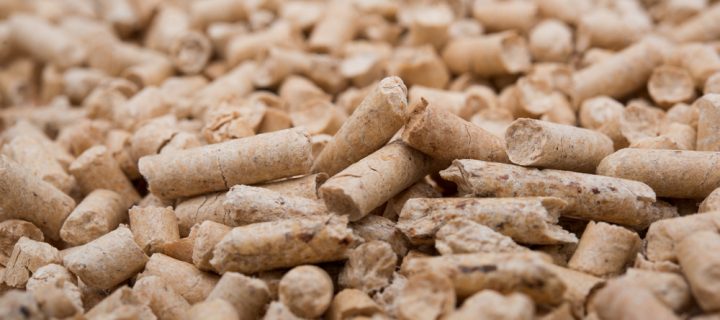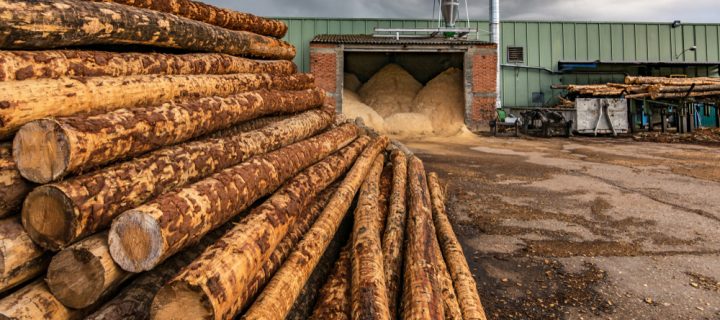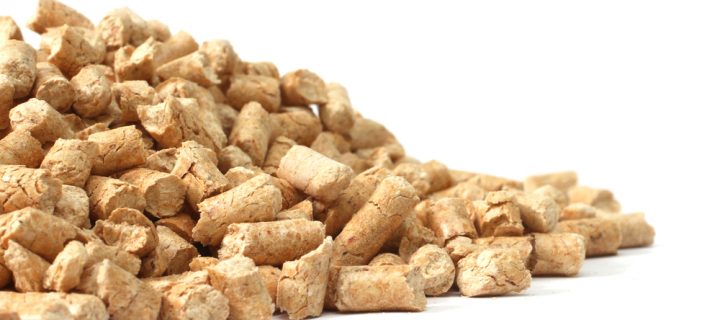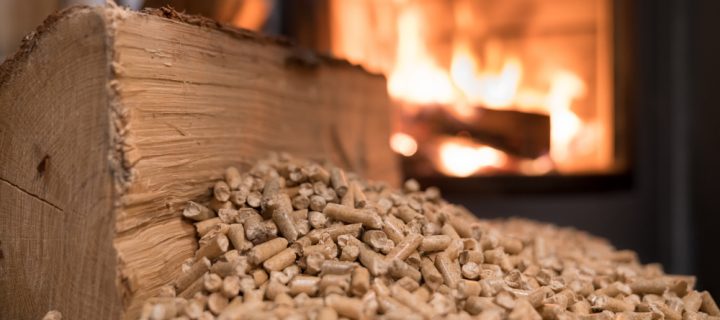Recent research from specialists Enviva has shown how the use of biomass fuel and wood pellet electricity will impact on the environment. The study helped to explain the carbon impact of wood pellet energy plus its sustainability. As part of the research, it was revealed the greenhouse gas impacts of wood pellets plus their emissions from the wood pellet supply chain. They also compared the performance of electricity generated using wood pellets against other fuels such as coal and natural gas. For this blog, P.H Winterton is going to look at the Enviva report in greater detail and explain the many reasons to use biomass fuel. Why Biomass Fuel Is More Important Than Ever For steady-state working forests, you will get the same net climate impact result, no matter the sort of assumptions used for carbon accounting. Crediting biogenic carbon uptake before combustion will present the same result for working forests plus the carbon-debt accounting approach. This is assigned at the time of combustion and will be repaid as the forest regrows. Renewable, baseload bioenergy enables the renewable electric grid. The carbon benefits of good biomass fuel are clear. The report explains that wood sourced sustainably is a by-product traditional timber harvest where the land returns to forested use. Biomass is essentially a natural storage vessel for energy from the sun with trees from working forests continuously recycling carbon from the atmosphere to trees and back. In contrast, fossil fuels represent a one-way trip for carbon from geologic storage to the atmosphere. As long as the requirements for quality biomass are met, greenhouse gas emission can be mitigated by substituting bioenergy for fossil fuels. Get in Touch for More Information If you would like to know more about biomass fuel, please do not hesitate to contact P.H Winterton and Son today. We are proud to be part of the UK government Biomass Supplier List; meaning you will always get the finest wood pellets from...
Read Moreabout How Biomass Fuel Impacts the EnvironmentWood waste is the final unwanted product from sawmills plus lumber-jacking and branch pruning. If you are unsure what to do with your unwanted excess timber, don’t worry as P.H Winterton offer a sawmill waste collection service. Industries that contribute to the creation of wood waste include furniture, sawmill, pulp and paper, plywood mills and particleboard mills. For this blog, we are going to explain the different types of wood waste and how it should be stored. The Different Types of Wood Waste There are four main types of wood waste, which are problem wood waste, used wood, scrap wood plus natural wood waste. Examples of problem wood waste are unwanted laminated, wood waste with preservative agents is a blend of problem wood waste and regular wood. Used wood waste consists of deserted wooden building portions, wooden furniture and wood waste from materials like colour pallets. Scrap wood waste is produced in workshops by carpenters, furniture factories, construction sites plus sawmills. Natural wood waste is leftover sawdust and remaining wood pieces from logging activities. Best Storage Methods for Wood Waste Waste collecting bins are pile-up stations of different sizes, shapes and materials which help reduce the spread of litter. Different types of waste collecting include localised containers, centralised bin stations, waste transfer carts or transfer balers and waste yard dumpsters. Localised containers are also known as desk-side bins and are individual refuse bins whose purpose is to increase the efficiency of waste handling. They encourage people to keep their rubbish organised and promotes the recycling of wood waste. Centralised bin stations are placed in strategic points and are the recipients of waste that are assembled from the localised containers. Most furniture workshops have this type of bin in their hallways and corridors which stores wood waste from employees’ work stations. Their main purpose is to receive refuse from centralised stations and move or cut them if it is a transfer baler. They are large containers that carry more waste and are more economical when compared to buying a number of high traffic containers. The refuse yard dumpster is the final designated point to store large amounts of waste and are mostly huge and receive tonnes of wood waste from...
Read Moreabout Preparing for Sawmill Waste CollectionSustainability is more important than ever with the negative effect of climate change on the planet; with wood pellet stoves being the most environmentally friendly heating option. P.H Winterton and Son are the leading suppliers of biomass fuel, with our wood pellets sourced from our sawmill waste collection service. Traditional wood-burning stoves have a number of benefits, using a renewable fuel source that will reduce your heating bills. The most effective pellet stoves can be up to 90% more efficient than standard wood burners because they burn pellets that contain a mixture of sawdust, bark and other biodegradable materials. The level of airborne particulates that the pellets produce is also relatively low. Just like a gas boiler, you can switch pellet burners on and off on-demand giving you an instant source of heat. The burner can be set to your specific requirements, which means you get the most out of the appliance. How Do Wood Pellet Stoves Work? Pellet stoves burn compressed wood or biomass pellets creating a source of heat by slowly feeding fuel automatically from the storage container into the burn tray. A constant flame is then created and monitored to ensure you are getting maximum efficiency. The built-in hopper allows pellet burners to operate autonomously for about 12 hours under full load. One of the main benefits of pellet stoves is how easy they are to use. With automatic ignition, you can be assured your pellet burner will only start burning when needed, which saves you money in the long-term. They will produce very small amounts of ash and chimney creosote that reduces the number of times your chimney needs cleaning. Regarding fuelling your pellet stove, pellets are convenient and cost-effective when compared to other fuel sources. Reasons to Use Pellet Stoves Fuel will only need replenishing once a day, whereas appliances fuelled by wood, which needs regular top-ups every few hours. Pellets release much lower emissions when compared to fossil fuels Pellet stoves are highly efficient due to the even distribution of the heat by an extractor. Get in Touch for More Information If you have any questions about biomass fuel and wood pellet stoves, please do not hesitate to contact us...
Read Moreabout What are the Advantages of Wood Pellet Stoves?P.H Winterton is one of the countries leading suppliers of biomass fuel, which is fueled by wood pellets recycled from our sawmill waste collection service. For this blog, we are going to talk you through how wood pellet stoves work and why you should consider using one. How Do Wood Pellet Stoves Work? Wood pellet stoves do look similar to wood-burning stoves and fireplaces but they are a more environmentally friendly and low-cost heating option. In a time when climate change and environmental awareness is at the forefront of many home and business owners minds, they have become even more popular. The wood pellet that power the stoves look similar to rabbit food and are considered eco-friendly because they are cheap and easy to manufacture. They also have a very low pollution rate. The Mechanics of Wood Pellet Stoves Wood pellet stoves operate with electricity, with pellets loaded into the hopper which is either located on the top or bottom of the unit. The auger is a motorised device which delivers the pellets from the hopper into the burn pot with the auger’s speed determining the stove’s temperature. The burn pot is based in the combustion chamber and is then ignited creating a hotter flame because of how heavily compressed and dense and low in moisture the pellets are. The pot serves as a carburettor for the stove, mixing the air and fuel which creates combustion with the ashes from the burnt pellets captured in an ash pot which needs cleaning periodically. Unlike a regular fireplace, pellet stoves heat a room through convection, which is the transmission of heat that occurs from a forced combination of cool and hot air currents. The convection blower pulls cool air in from the room, passing over the fire in the burn pot and makes the flame hotter enabling the pellets to burn evenly and efficiently. The heated air will move across a heat exchanger, designed to transfer clean air into your home through the room blower. This heat exchanger acts like a furnace when used in combustion because its located in the combustion chamber preventing the outside of the stove becoming too hot. The exhaust blower will push out gases from a...
Read Moreabout Wood Pellet Stoves Explained by PH Winterton



